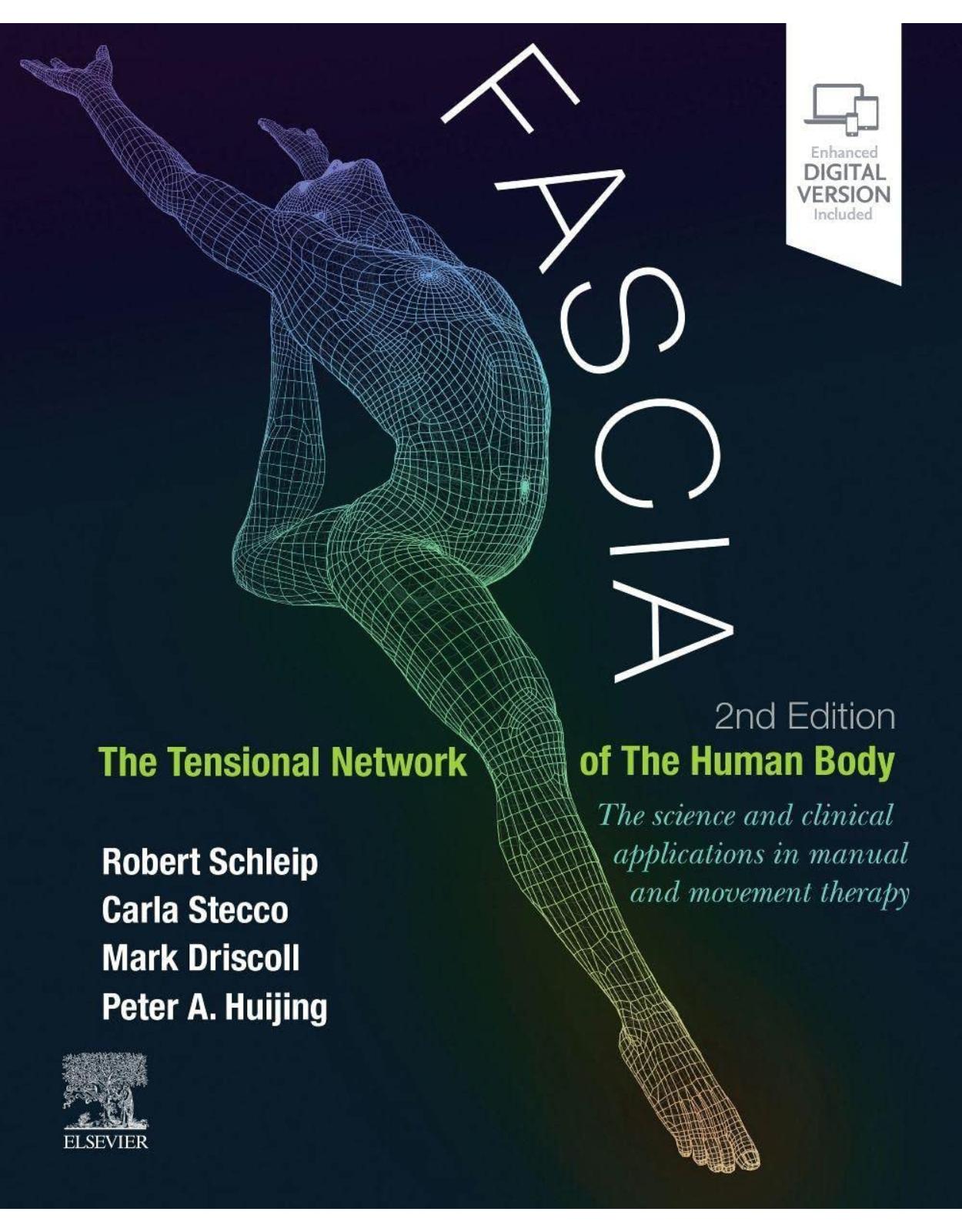
Fascia: The Tensional Network of the Human Body
Livrare gratis la comenzi peste 500 RON. Pentru celelalte comenzi livrarea este 20 RON.
Disponibilitate: La comanda in aproximativ 4 saptamani
Editura: Elsevier
Limba: Engleza
Nr. pagini: 744
Coperta: Paperback
Dimensiuni:
An aparitie: 28 Dec. 2021
Description:
The role of the fascia in musculoskeletal conditions and as a body-wide communication system is now well established. Fascia: The Tensional Network of the Human Body constitutes the most comprehensive foundational textbook available that also provides the latest research theory and science around fascia and their function.
This book is unique in offering consensus from scientists and clinicians from across the world and brings together the work of the group behind the international Fascia Research Congress. It is ideal for advanced sports physiotherapists /physical therapists, musculoskeletal/orthopaedic medicine practitioners, as well as all professionals with an interest in fascia and human movement.
The comprehensive contents lay the foundations of understanding about fascia, covering current scientific understanding of physiology and anatomy, fascial-related disorders and associated therapies, and recently developed research techniques.
Full colour illustrations clearly show fascia in context
New content based on latest research evidence
Critical evaluation of fascia-oriented therapies by internationally trusted experts
Chapter outlines, key points and summary features to aid navigation
Accompanying digital version include instructional videos created by clinicians
Table of Contents:
Section I. Scientific Foundations
Part 1. Topographical Anatomy
1.1. Evolution of fascia-focused anatomy
Introduction
Anatomy
Ancient awareness of fascia
The illumination of fascia
Fascia in the age of science
Combined portrayal of fascia
References
1.2. General anatomy of the muscle fasciae
Introduction
General structure and composition of muscle fasciae
Functional anatomy of the endomysium
Functional anatomy of the perimysium
Perimysial–endomysial junction zones
Perimysium and intracellular subdomains
Conclusions
References
1.3. Somatic fascia
Global organization of fascia in the body
Architecture of fascia—the four primary layers
References
1.4. Fascia superficialis
Introduction
Gross structure and distribution
Components and their relation to function
Aging changes in subcutaneous tissue
References
1.5. Deep fascia of the limbs
Introduction
The deep fascia of the shoulder
The deep fascia of the arm and forearm
The palmar aponeurosis
Deep fasciae of the lower limbs: Fascia lata and crural fascia
The retinacula
References
1.6. The thoracolumbar fascia
Introduction
The thoracolumbar fascia
The two-layered model
The three-layered model
Compartmentalization of the paraspinal muscles
Proposed model of the thoracolumbar fascia
The posterior layer of the thoracolumbar fascia
Disposition of the latissimus dorsi
Fiber orientation for the latissimus dorsi
Attachments of the serratus posterior inferior
Unifying theory of the superficial lamina
Deep lamina of the posterior layer of the thoracolumbar fascia
Inferior border of the deep lamina
Superior border deep lamina
Lateral border of the deep lamina
The middle layer of the thoracolumbar fascia
Acknowledgments
References
1.7. Deep fascia of the neck and deep inner fascia of the anterior wall of the trunk
Introduction
Superficial fascia of the neck
Deep fascia of the neck
Thoracic fasciae
Diaphragm development
Final considerations
References
1.8. Visceral fascia
Introduction
Development of visceral fascia
Formation of the intraembryonic coelom and surrounding visceral fascia
Formation of the midline mesodermal column and its relationship to the organs of the body
Formation of the spinal nerve and the viscerotome
Summary
Visceral fascia
Regional visceral fascia
References
1.9. Membranous structures within the cranial bowl and intraspinal space
Embryonic growth dynamics of the dural membrane according to blechschmidt
Intracranial membrane system
Extracranial membrane system
Vascularization of the meningeal membranes
Meningeal nerve supply
Reciprocal tensile membrane and sutherland’s fulcrum
Future tasks and open questions
References
1.10. Diaphragmatic structures
The diaphragm and its fascia: Anatomical, embryological, and evolutionary development
The muscle fascia of the trunk and neck and its connections with the diaphragm
The visceral fascia of the trunk and its connections with the diaphragm
The fascia of the diaphragm and its connections
The role of the diaphragm in respiratory function and the control of static and dynamic posture
References
1.11. Molecular aspects of fascia
Introduction
Fascial tissue cells
The extracellular matrix: Fibrous component and aqueous matrix
Cell receptors in fascial tissue
References
1.12. Fascia of the pelvic floor
Introduction
Body-wide continuity of pelvic fascia
Inner structure of the pelvic cavity
Fascial tonicity and organ function
External anatomy of the pelvis
Fascial tension and chronic pelvic pain
References
1.13. Embryology of the fascial system
Introduction
Neural (meningeal) fascia
Vascular fascia
Visceral fascia
Deep fascia of the musculoskeletal system
Conclusion
References
Bibliography
1.14. On the origin of fascia: A phenomenological embryology of fascia as the “fabric” of the body
About so-called germ layers
Where does the fascial tissue come from?
Mesenchyme, “tissue of innerness”? Fascia, “organ of innerness”?
In fascia it is about two—biotensegrity
References
Part 2. Communication
2.1. Fascia as an organ of communication
References
2.2. Proprioception
Proprioception, mechanoreception, and the anatomy of fascia
Connectivity and continuity
Architecture is different from and complementary to anatomy
The substrate of mechanoreception
The functional role of architecture of the connective and muscular tissue in mechanoreception
Dynaments: More than ligaments or muscles
Classification of mechanoreceptors in proprioception
References
2.3. Interoception: A new correlate for intricate connections between fascial receptors, emotion, and self-awareness
Introduction
What is interoception?
Sensual touch
Interoceptive pathways
Interoception and somatoemotional disorders
Fascia as an interoceptive organ
Manual therapy and interoception
Movement therapies and interoception
References
2.4. Nociception: The thoracolumbar and crural fascia as sensory organs
Introduction
Part 1: Innervation of the thoracolumbar fascia
Part 2: Electrophysiology
Part 3: Innervation of the crural fascia
Part 4: Effects of an experimental fascia inflammation
References
2.5. Fascia as a body-wide communication system
Introduction
Communication and information processing
Defining the fascia
The living matrix
Signaling pathways and human performance—the zone: Neurology or biophysics?
Biophysics
Neurology
Conclusion
Dedication
Acknowledgment
References
Part 3. Force Transmission
3.1. Force transmission and muscle mechanics: General principles
Introduction
Myotendinous force transmission
Myofascial force transmission
Distribution of forces in a multipath system
Intramuscular substrates of myofascial force transmission
References
3.2. Epimuscular myofascial force transmission: An introduction
Introduction: Epimuscular myofascial force transmission and its substrate
Effects of epimuscular myofascial force transmission
Complexity of myofascial loading of muscle
Additional factors to consider
Effects on functioning of the sensory apparatus
References
3.3. Myofascial chains: A review of different models
Introduction
Kurt tittel
Godelieve denys-struyf
Joseph schwartz
Serge paoletti
Discussion
References
3.4. Anatomy trains: Myofascial force transmission in postural patterns
Introduction—fascia as metamembrane
Dividing the indivisible
Isolating a muscle
The anatomy trains
Tensegrity
Conclusion
References
3.5. Biotensegrity and the mechanics of fascia
Introduction
Biotensegrity
The tensegrity model
The mechanics of fascia
References
3.6. Human living microanatomy
Introduction
The physical factors
Tissue continuity—no layers, no empty spaces
Dispersed patterns with no regularity
Maintaining tissue continuity during mobility: Movements of fibers, mechanical behavior
Reversing the process of entropy
Irreversibility of time
Quantum physics and chaos theory
Chaos theory is a modern discovery
Fluids
Intercrossing fibers in 3D create irregular polyhedral microvolumes
Turbulence and phase transition
Adaptation and transformation: Megavacuole
Fractalization adds another dimension to the chaotic aspect of living matter
Biotensegrity
Understanding growth and morphogenesis
The structural similarity of life
Conclusion
References
3.7. The fascial net: Resonance frequency with links to thermodynamics
Introduction
Locomotion theories
Linking the locomotion theories with the thoracolumbar fascia: A novel approach
A simplified lumbar spine finite element model with middle and posterior layers of the thoracolumbar fascia
Methods
Results
Conclusion
References
Part 4. Physiology
4.1. The physiology of fascia: An introduction
Connective tissue of the locomotor apparatus
Construction and function
Traction or tensile load versus pressure
Physiological stimuli
Wound healing and manual therapy
Conditions for wound healing
References
4.2. Fascia is alive: How cells modulate the tonicity and architecture of fascial tissues
Cellular populations in fascia
Fascia and immunology
Myofascial tonicity
From myofibroblast contraction to tissue contractures
Modulators of fascial contractility
Interaction with the autonomic nervous system
Indications for rhythmic oscillations of fascial tissues?
References
4.3. Extracellular matrix
Introduction
The matrisome
Main extracellular matrix players
ECM-associated factors and matricellular proteins
ECM mechanics and fibroblast mechanosensing
Conclusion
Acknowledgments
References
4.4. The influence of pH and other metabolic factors on fascial properties
pH regulation and influence on fascial tissue
What is the impact of pH on fascial function?
Effect of metabolic factors and hormones on fascial function
Sex hormones
Relaxin
Corticosteroids
Lactate
References
4.5. Fluid dynamics in fascial tissues
Introduction
Properties of interstitial water
Morphological quality of interstitial fluids
Interstitial fluids as a medium of communication between the cells
The “breathing” of the tissues
References
Bibliography
Section II. Clinical Application
Part 5. Fascia-Related Disorders
5.1. Fascia-related disorders: An introduction
5.2. Dupuytren’s disease and other fibrocontractive disorders
Introduction
Dupuytren’s disease
Who is afflicted by this disease?
The basic problems of dupuytren’s disease
Basic anatomy of dupuytren’s disease
Palmar nodules
Myofibroblasts
Palmar cords
Why are some fingers affected more than others?
Are all myofibroblasts the same?
Inflammatory models
Myofibroblast receptors
What is the origin of the cells that cause the “pits” at the distal palmar crease?
What “instructs” the cells in the aponeurosis to contract?
What “instructs” the cells in the aponeurosis to proliferate?
Current treatments
A strategy for a pharmacological approach
Drugs injected into the cords
A modern development
Peyronie’s disease
Ledderhose’s disease
Conclusion
References
5.3. Spastic paresis
Introduction
Intramuscular connective tissue changes in spastic paresis and control human muscle
Surgical treatment of the upper extremity in spastic paresis
Observations during surgery
Toward an explanation of spasticity-related joint positions
Conclusion
References
5.4. Diabetic foot
Introduction
Methodology of testing
Nonenzymatic glycosylation
Plantar fascia
Achilles tendon
Limited joint mobility
Conclusions
References
5.5. Trigger points as a fascia-related disorder
Trigger points
Fascia and myofascial trigger points
Therapeutic consequences
References
5.6. Joint hypermobility due to pathologically increased compliance of extra- and intramuscular connective tissues
Introduction
Physical or manual therapy in Ehlers–Danlos syndrome
Neuromuscular involvement of eds
Effects of tnx-deficiency on muscle characteristics in a mouse model of eds
The ultrastructure of muscle extracellular matrix in tnx knockout mice is distorted
Isometric contractions
Intramuscular changes: Increased muscle compliance
Intermuscular changes: Reduced epimuscular myofascial force transmission
Conclusions
References
5.7. Anatomy of the plantar fascia
Introduction
Macroscopic and microscopic characteristics
Biomechanical implications
Plantar fascia thickness and stiffness
Clinical implications and treatment
References
5.8. Fascia and low back pain
The epidemic of low back pain
A glimpse into low back pain history
Effect of low back pain on humans and economies
Current treatments of low back pain
Potential sources of low back pain
Fascia: Foe or ally?
Why fascia?
Perspectives on fascia in low back pain
References
5.9. The role of fascia in oncology
Introduction
Identifying the mystics of cancer biology—a big challenge
Mechano-oncology—cancer mechanobiology
Body-based treatment strategies in the context of cancer
References
Part 6. Diagnostic Procedures for Fascial Elasticity
6.1. Diagnostic procedures for fascial elasticity: An introduction
References
6.2. Fascial palpation
Defining palpation
Active vs passive assessment
Palpation tools
Relaxed palpation
Layers
Communicating with the client
Palpating for information
Palpation objectives
Palpate by “feeling,” not thinking
Physiology of touch
Filtering information
An experienced palpation perspective
Practical palpation
Conclusion
References
6.3. Hypermobility, hypermobility spectrum disorders, and hypermobile Ehlers–Danlos syndrome
Introduction
Clinical presentation
Examination of patients with hypermobility spectrum disorder
Evaluation, diagnosis, and management planning
Management principles
References
6.4. Mechanical deformation-based assessment methods
Introduction
Terminology
Devices
Static deformation
Bioimpedance
Ultrasonography and elastography
References
Part 7. Fascia-Oriented Therapies
7.1. Fascia-oriented therapies: Inclusion criteria and overview
7.2. Trigger point therapy from a contemporary pain science perspective
Introduction
Integrated trigger points hypothesis
Fascia, muscles, and myofascial pain
Some sensory aspects of fascia
Trigger point therapy
References
7.3. Structural integration
Premises of the work
Characteristics of fascia key to structural integration
Facilitating integrated structure and function
The traditional structural integration 10-series
References
Bibliography
Random trials in normal persons
Studies in specific patient populations
Abstracts of case studies regarding specific conditions
7.4. Myofascial induction approaches
Introduction
Neurophysiological mechanisms for releasing the restrictions of the fascial system
Method description
Scientific evidence related to the results in the myofascial approach
References
7.5. Osteopathy and fascia in clinical practice
Introduction
Fascia in the perspective of osteopathic manipulative treatment
Osteopathic contributions to the understanding of fascia
References
7.6. Connective tissue manipulation
History and background
Applications and contraindications
Principles of connective tissue manipulation
Effects of connective tissue manipulation
Clinical benefits
References
7.7. Fascial manipulation
Introduction
The biomechanical model for the musculoskeletal system
The biomechanical model for the internal system
Treatment
References
7.8. Managing dysfunctional scar tissue
Introduction
Connective tissue and the extracellular matrix
Wound healing
Scar tissues
Therapeutic approach
References
7.9. Acupuncture as a fascia-oriented therapy
Historical background
Acupuncture mechanism
Techniques
Dry needling: A technique approaching muscle and fascia
Evidence
References
7.10. Gua sha
Introduction
Gua sha terms
Indications
Contraindications
Biomechanism/physiology
References
7.11. Prolotherapy as a regenerative injection treatment
Introduction
History
Wound healing, repair, and regeneration
Mechanism of action and substances injected
Indications, contraindications, complications, and risks
Techniques
Outcomes and clinical evidence
Fascial neural hydrodissection for entrapment neuropathy
Future challenges
References
7.12. Neural therapy
Therapy with local anesthetics
Neuroanatomy, neurophysiology
Therapeutic principles
Indications, contraindications, complications
Practical procedure
Research
Acknowledgments
References
7.13. Instrument-assisted soft tissue mobilization: Emphasizing the fascia
Introduction
Normal muscle function requires normal fascial gliding
Relation of hyaluronan to the gliding of fascia and muscle fibers
Superficial fascia
Deep fascia
Fascial densification/fibrosis
Retinacula
Thicker areas of fascia may be normal tissue
So where do we treat?
Instruments
Important information regarding instrument-assisted soft tissue mobilization
References
7.14. The fascial distortion model
The patient as expert—the typaldos approach
The fascial distortions
The diagnosis of fascial distortions
Treatment of fascial distortions
References
Bibliography
7.15. Fascial treatment of axillary web syndrome after breast cancer surgery
Introduction
Etiology
Myofascial techniques
References
7.16. Temperature effects on fascia
Introduction
Temperature-dependent tissue components
Temperature changes are relevant
Myofascial tonus regulation is temperature dependent
Lack of temperature undulation is detrimental
Therapeutic use of heat
Therapeutic use of cold
References
7.17. Neurodynamics: Movement for neuropathic pain states
Introduction
Structures of the peripheral nervous system and their functions
Movement for neuropathic pain states
The bigger picture
References
7.18. Stretching and fascia
Introduction
Definition
Mixed evidence
Stretching: The evidence for tissue change
Mechanical lengthening
Tissue hydration
Proprioceptive stimulation
Direct cellular effects
References
7.19. Yoga and fascia
What is yoga?
Yoga’s effects on fascia
Fascia research’s effect on yoga
References
7.20. Pilates and fascia: The art of “working in”
Introduction
The blend of eastern and western philosophies
Fusion and integration of various disciplines
Fascia, bound by lifestyle
Pilates principles and fascia
Core ability, a fascia-related girdling concept
The breath in pilates
Well-connected
Alignment support from within
Specialized equipment: Reformer or transformer
Reformer versus machine
References
7.21. Nutrition and fascia: An antiinflammatory model
Musculoskeletal conditions and inflammation
Inflammatory response
Fatty acids: Antiinflammatory properties
Fatty acid dietary supplements
Culinary spices and herbs
Fruits and vegetables
Beverages: Green tea and epigallocatechin-3-gallate
Gluten and inflammation
Nutrition: An antiinflammatory model
References
Bibliography
7.22. Fascial fitness: Suggestions for a fascia-oriented training approach in sports and movement therapies
Introduction
Fascial remodeling
The catapult mechanism: Elastic recoil of fascial tissues
Training principles
Fascial fitness and body image
References
7.23. Hydrorelease of fascia
Introduction
History of injections with physiological saline
History and definition of hydrorelease
Differences between hydrorelease and hydrodissection
Mechanisms of action of HR and HD
Indications of HR
Contraindications, complications, and risks of HR
Techniques of HR
Myofascia
Nerve (paraneural sheath and fascia around peripheral nerves)
Retinaculum
Tendon and tendon sheath
Joint capsule and surrounding tissues
Fascia in fat pads
Ligamentum flavum/dura complex
Acknowledgments
References
7.24. Fascia and traditional chinese medicine
Introduction
The basic elements of acupuncture and fascia
Acupuncture and moxibustion techniques with fascia
Acupuncture research and fascia
Conclusion: The contribution of fascia to acupuncture and moxibustion
References
7.25. Extracorporeal shockwave therapy applied to myofascial tissue
Introduction
Shockwave basics
Mechanisms of action of extracorporeal shockwave therapy on tissue
Effects of ESWT on tendons and myofascial tissue
Antiinflammatory effects and pain reduction of ESWT
Antifibrotic effects of ESWT on myofascial tissue
Promotion of healing processes and effects of ESWT on myofascial tissue
Therapeutic approach
Clinical example of ESW application for myofascial pain in a musculoskeletal disease
Perspectives
References
7.26. Bowen therapy
What is bowen therapy?
How prevalent is bowen therapy?
Foundations
Bowen practice: The classic move
Bowen practice: The pause
Hypothesized mechanism of action
Clinical research
References
7.27. Fascia and mental imagery: Can the two walk together?
Introduction
Mental imagery: Definitions and roles
Similarities between fascia and mental imagery
Suggested associations between fascia and mental imagery
Fascial dynamic neurocognitive imagery: A brief history
Fascial dynamic neurocognitive imagery exercises for mental imagery and fascia
Exercise 1: Fascial concentration and awareness
Exercise 2: Fascial concentration and awareness
Exercise 3: Fascial sliding integrated touch and mental imagery
Exercise 4: Lungs’ fascial sliding
Acknowledgments
References
7.28. Foam rolling
Introduction
Possible mechanisms of foam rolling
Research contexts
Variations and implementation
Conclusion
References
7.29. The functional aspects of fascia during human performance and sports
Wheel of history
No human is limited
What to train?
Release the restrictions
Strengthen the weak part
Fine-tune the network
The art and science of training
References
Section III. Research Directions
Part 8. Fascia Research: Methodological Challenges and New Directions
8.1. Fascia—clinical and fundamental scientific research: Considering the scientific process and its potential for creating clinical applications
Introduction
The need for ongoing fundamental scientific work
Retrospective research analyzing what is needed to attain potential new clinical applications in the future
Conclusions
References
8.2. Imaging: Ultrasound
A short history
Form and function of muscle–tendon–fascial structures revealed by ultrasonography
Hypertrophic muscles
Ultrasound elastography
Structures around skeletal muscles visualized and tested by ultrasonography
New techniques applied to analysis of ultrasound images
References
8.3. On the problems of oversimplification in experiments and modeling of the body as a multilevel organizational unit
Introduction
A serious example of the effects of oversimplification
Different levels of organization within the body distinguished
A model and experiments dealing with more than one level of organization
Limitations of experiments on myofascial force transmission
Does epimuscular myofascial force transmission play a role in vivo for healthy subjects?
Advantages and limitations of the applied MRI techniques
Advantages and limitations of studying myofascial force transmission by measuring moments
References
8.4. Myofascial force transmission and molecular pathways involved in adaptation of muscle size
Introduction
Mechanical loading induces muscle adaptation in vivo
Training
Muscle strain
Molecular mechanisms of adaptation of muscle size
Machinery for protein synthesis
Translation of mRNA
Completion of the protein synthesis
Machinery for protein degradation
Mechanochemical signaling and mechanotransduction for protein synthesis and degradation in muscle
The roles of fascia in the regulation of myofiber size
Ex-vivo culture of mature, single myofibers
References
8.5. Myofascial effect on muscle stem cell function and muscle regeneration
Introduction
Mechanical linkage of muscle stem cells to their niche components in the extracellular matrix
Force transmission from myofiber to muscle stem cell
Potential effect of physical cues on muscle stem cell function
References
Glossary
Index
| An aparitie | 28 Dec. 2021 |
| Autor | Robert Schleip, Carla Stecco, Mark Driscoll, Peter Huijing |
| Editura | Elsevier |
| Format | Paperback |
| ISBN | 9780702071836 |
| Limba | Engleza |
| Nr pag | 744 |
| Versiune digitala | DA |

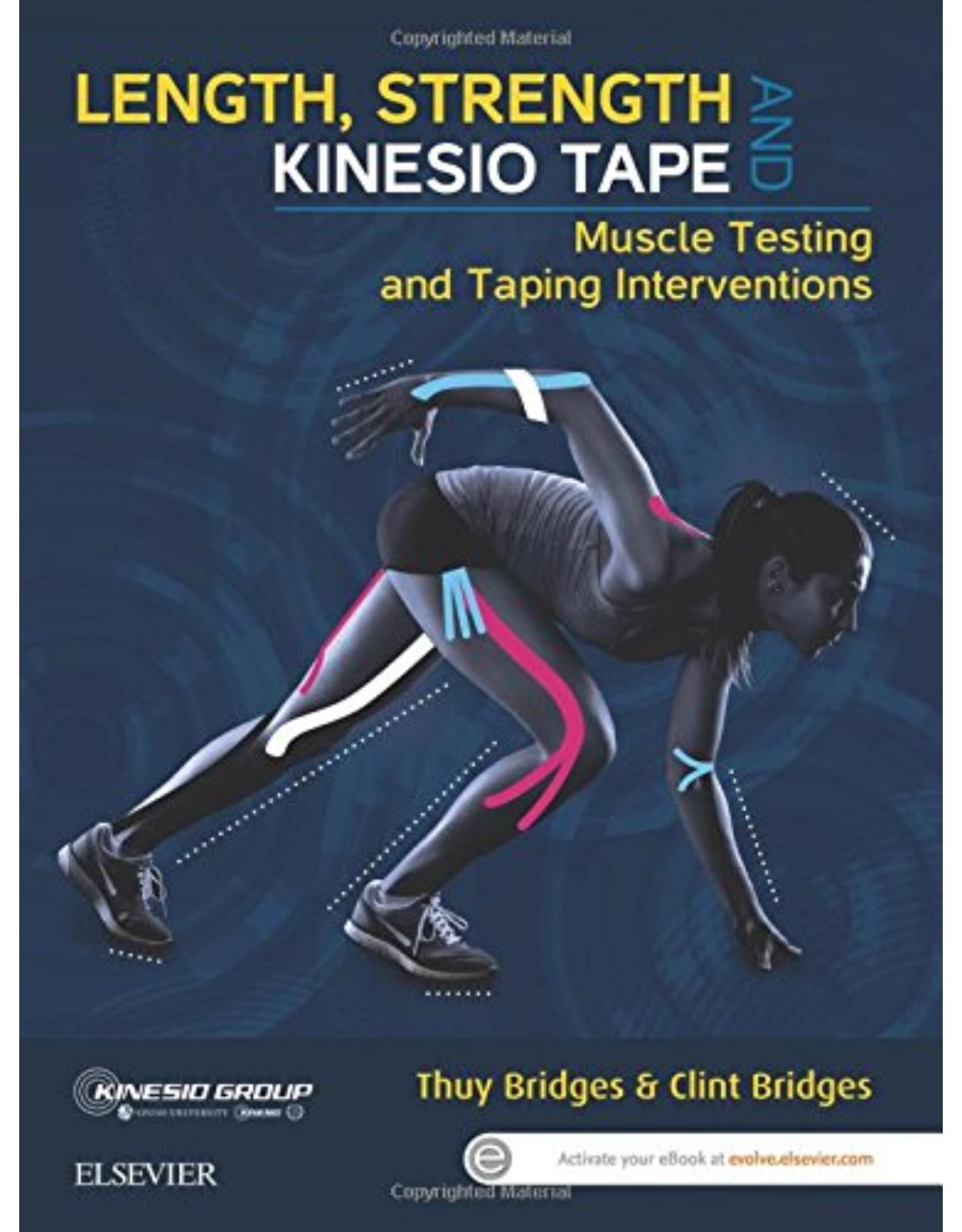
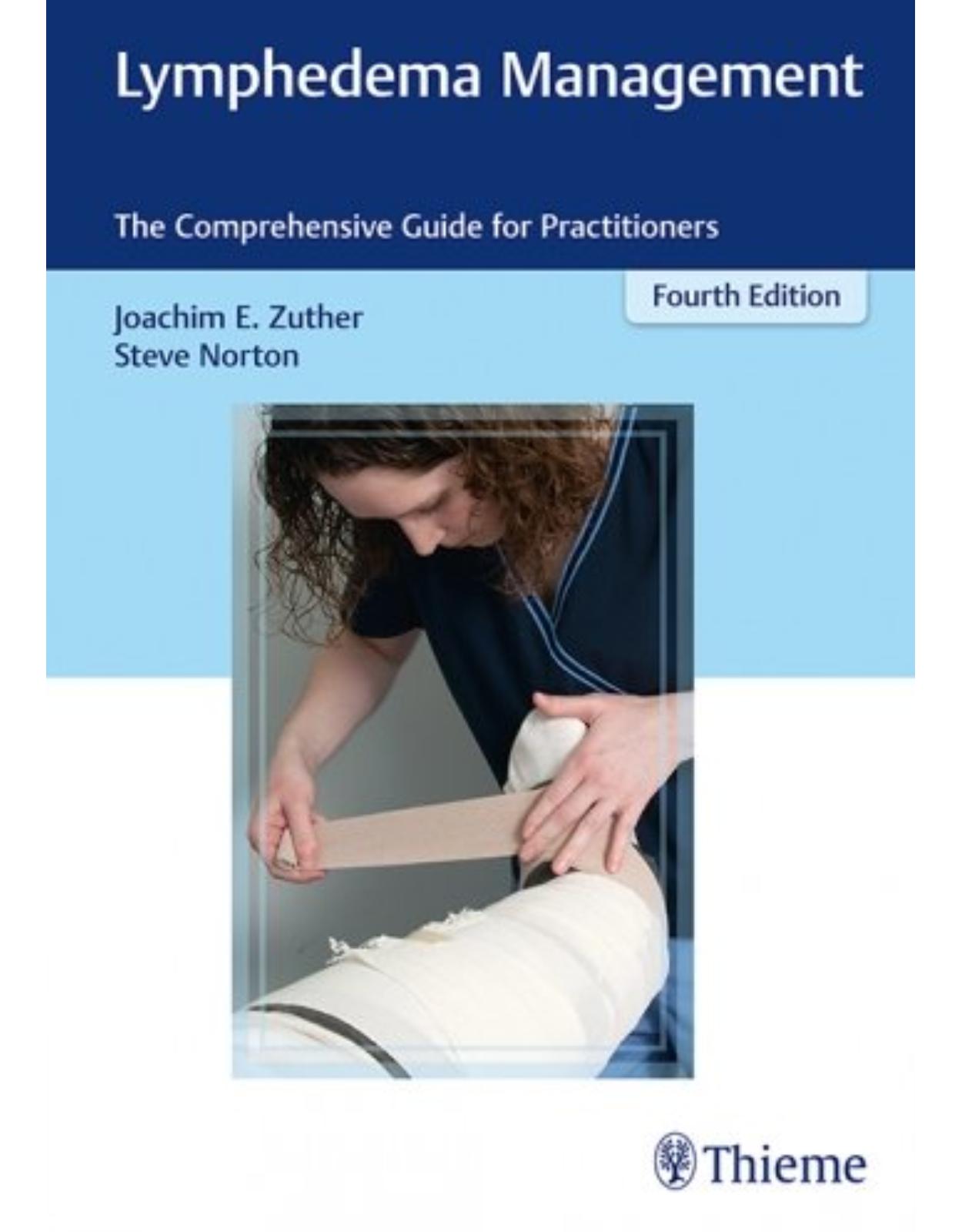
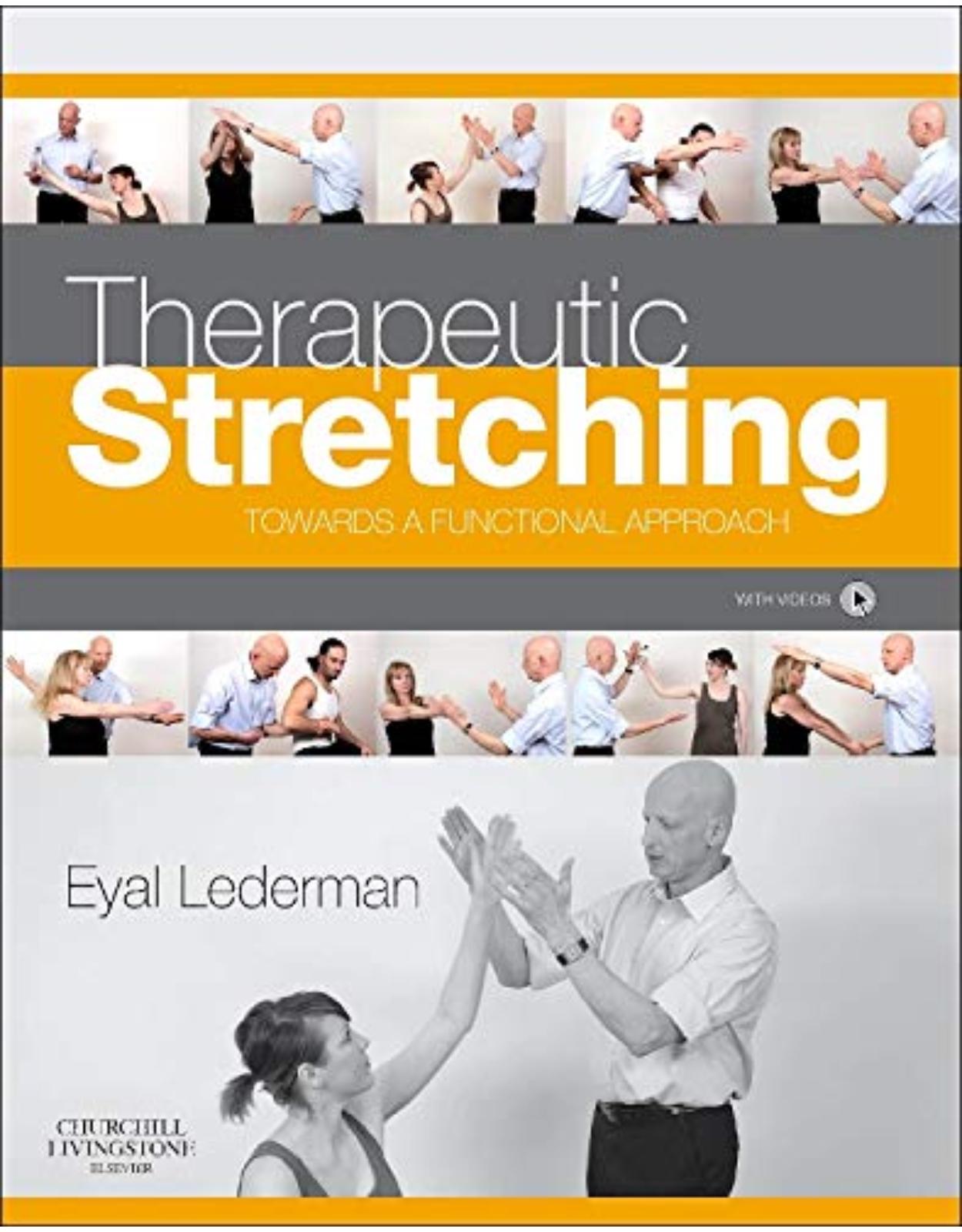
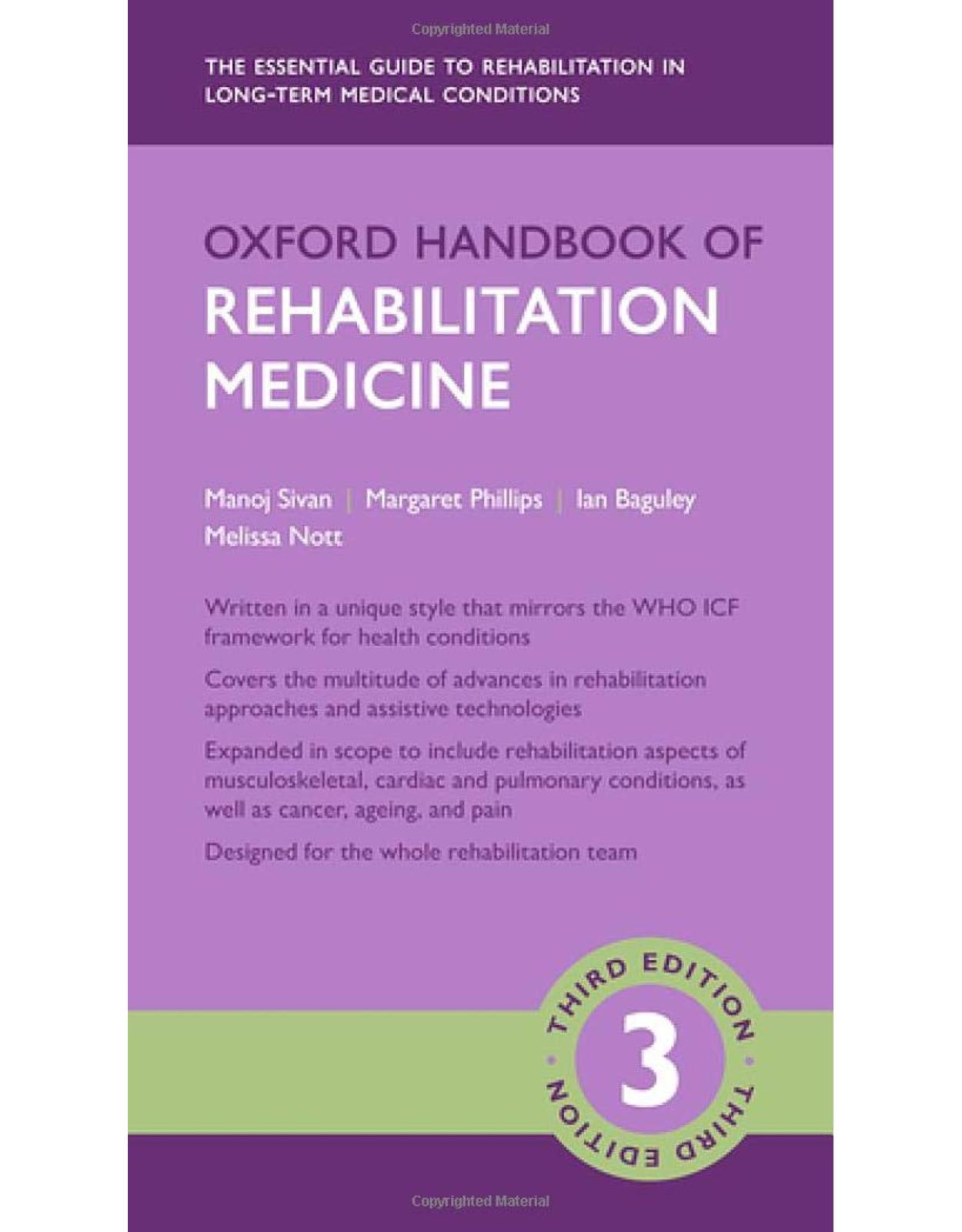
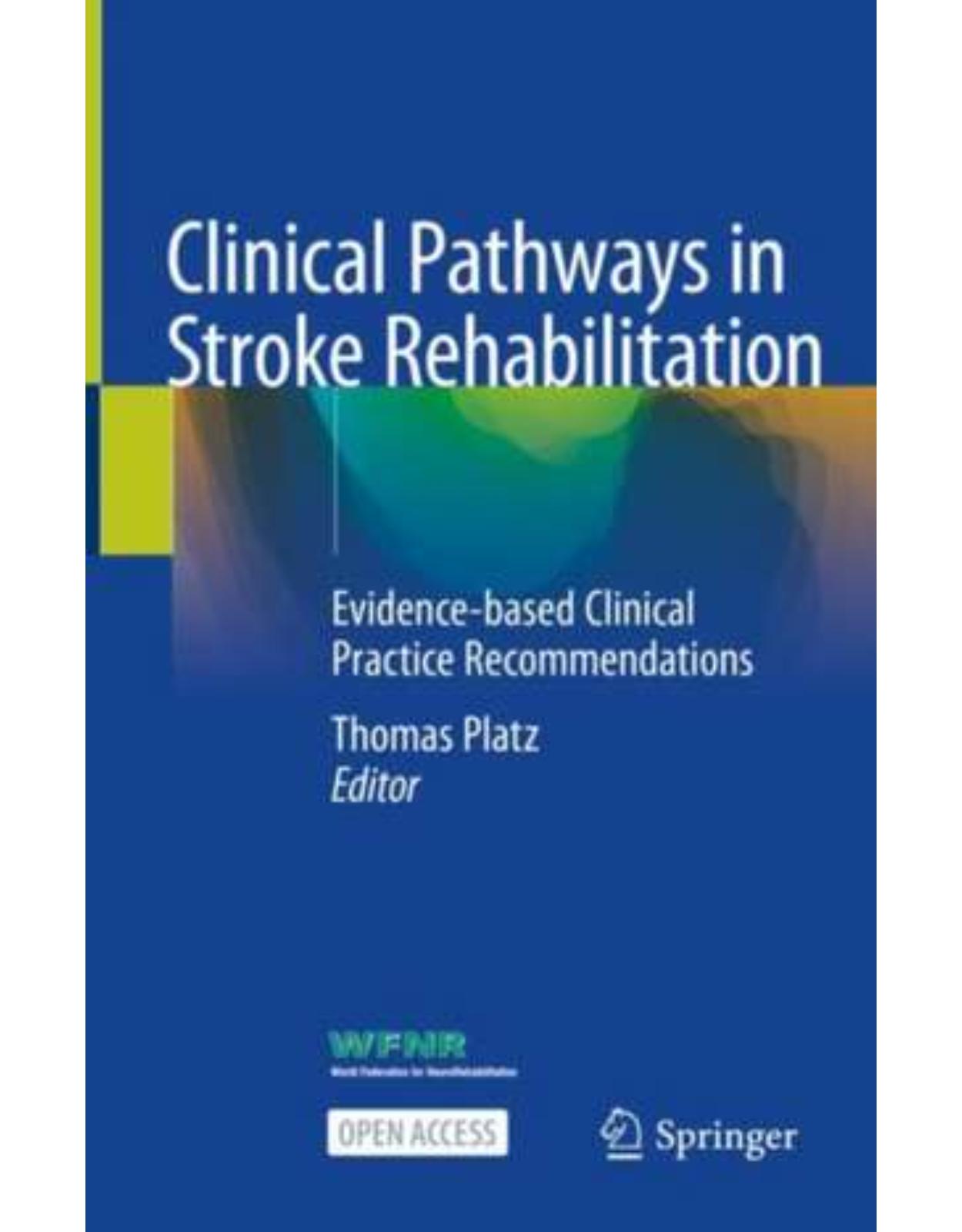
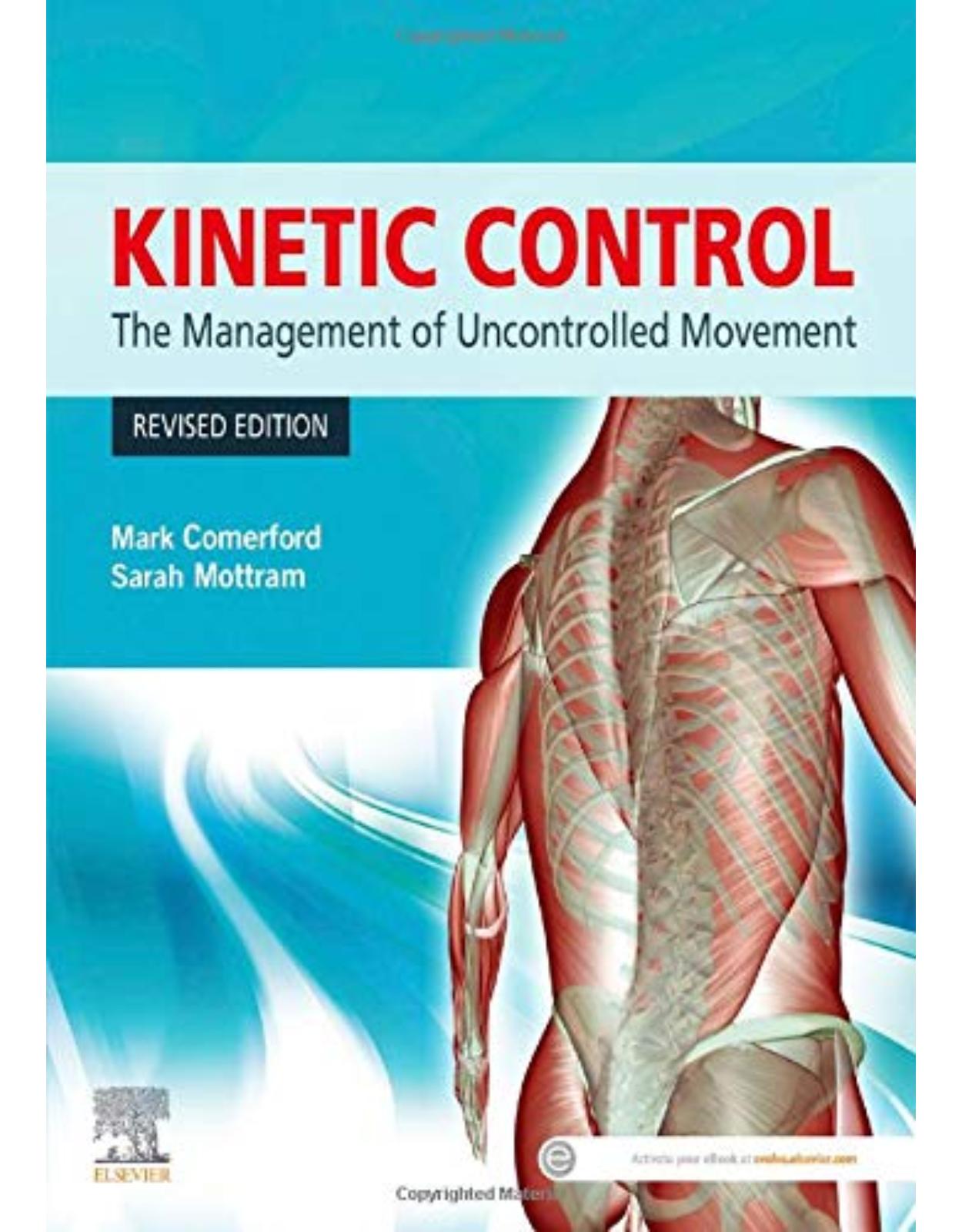
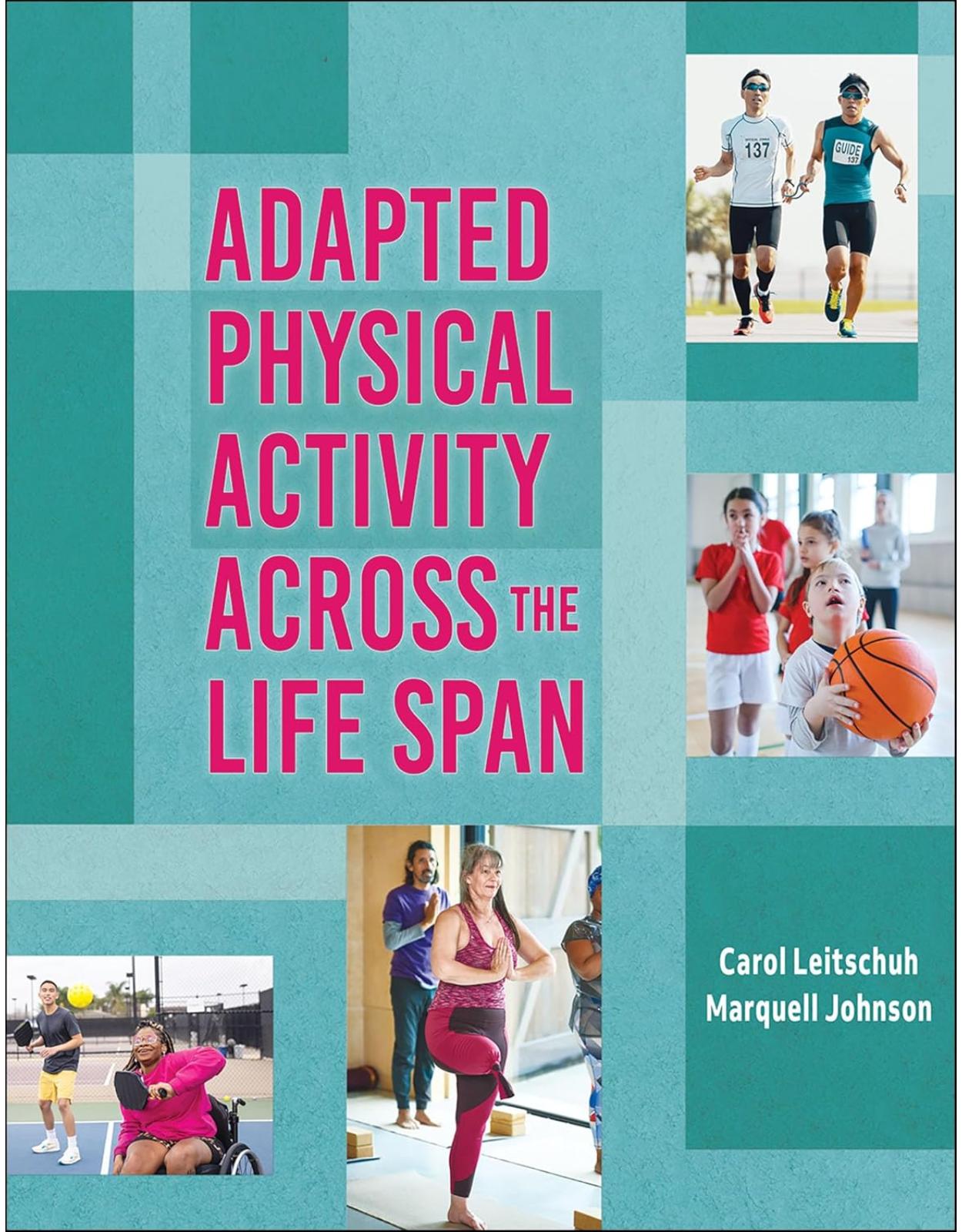
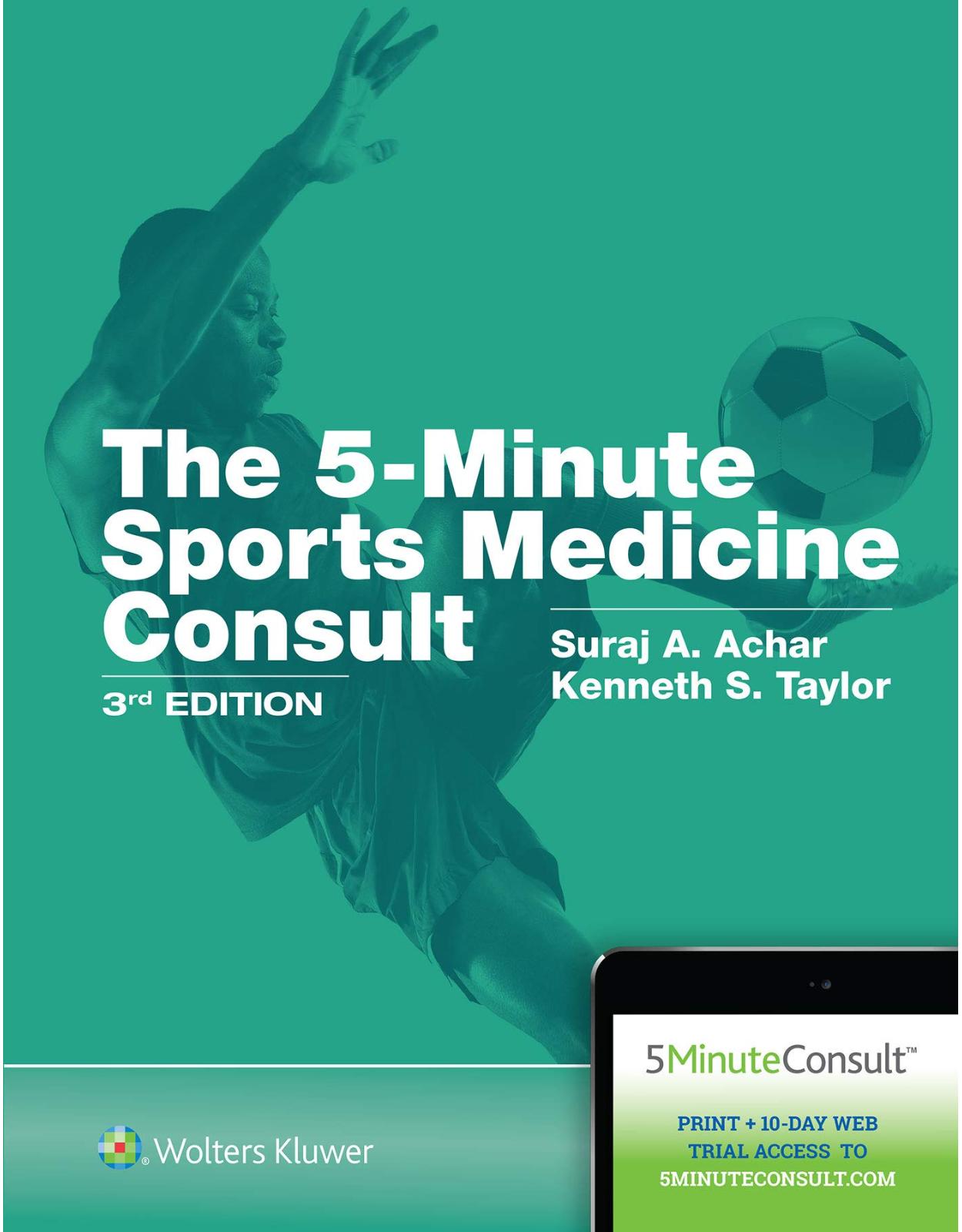
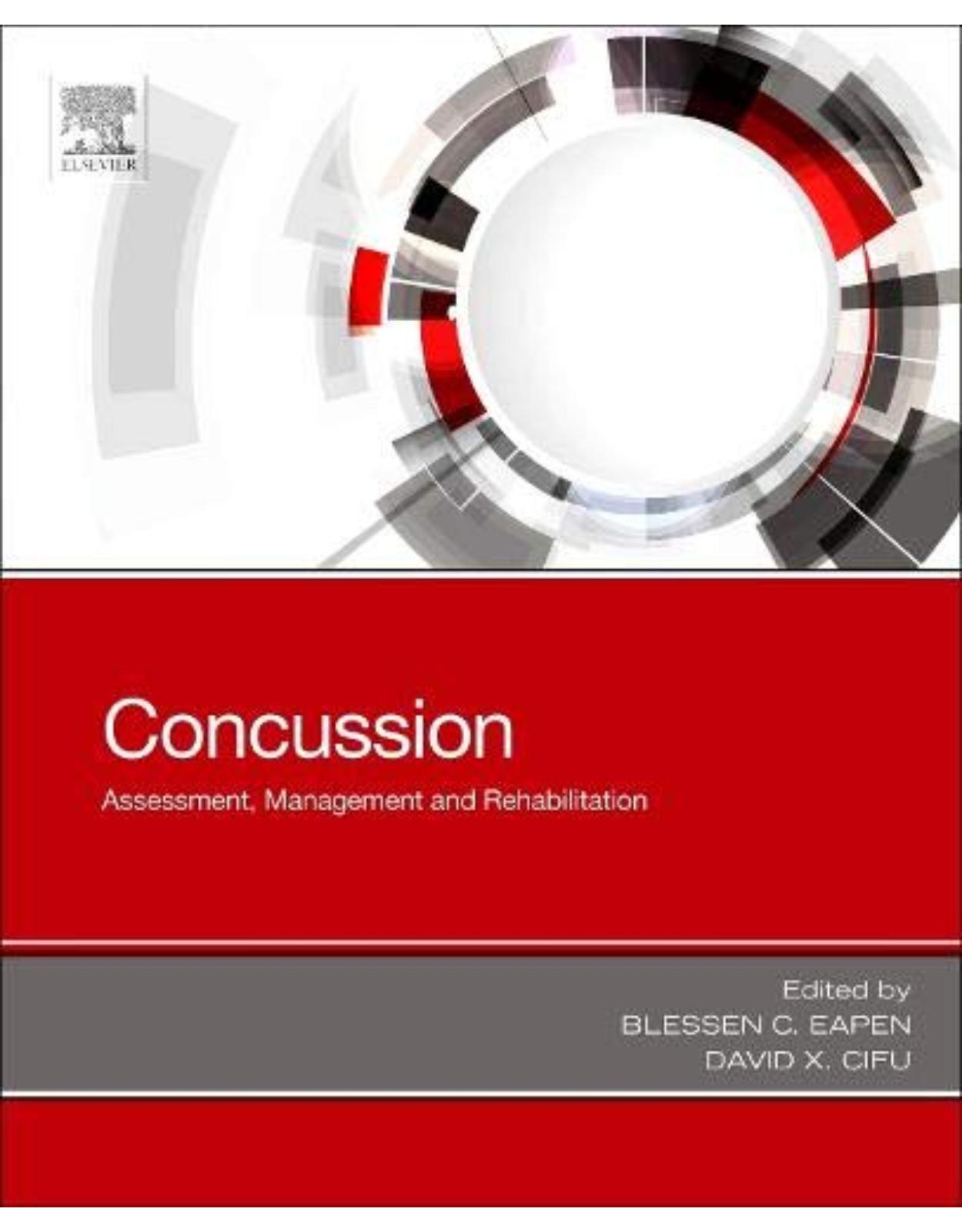
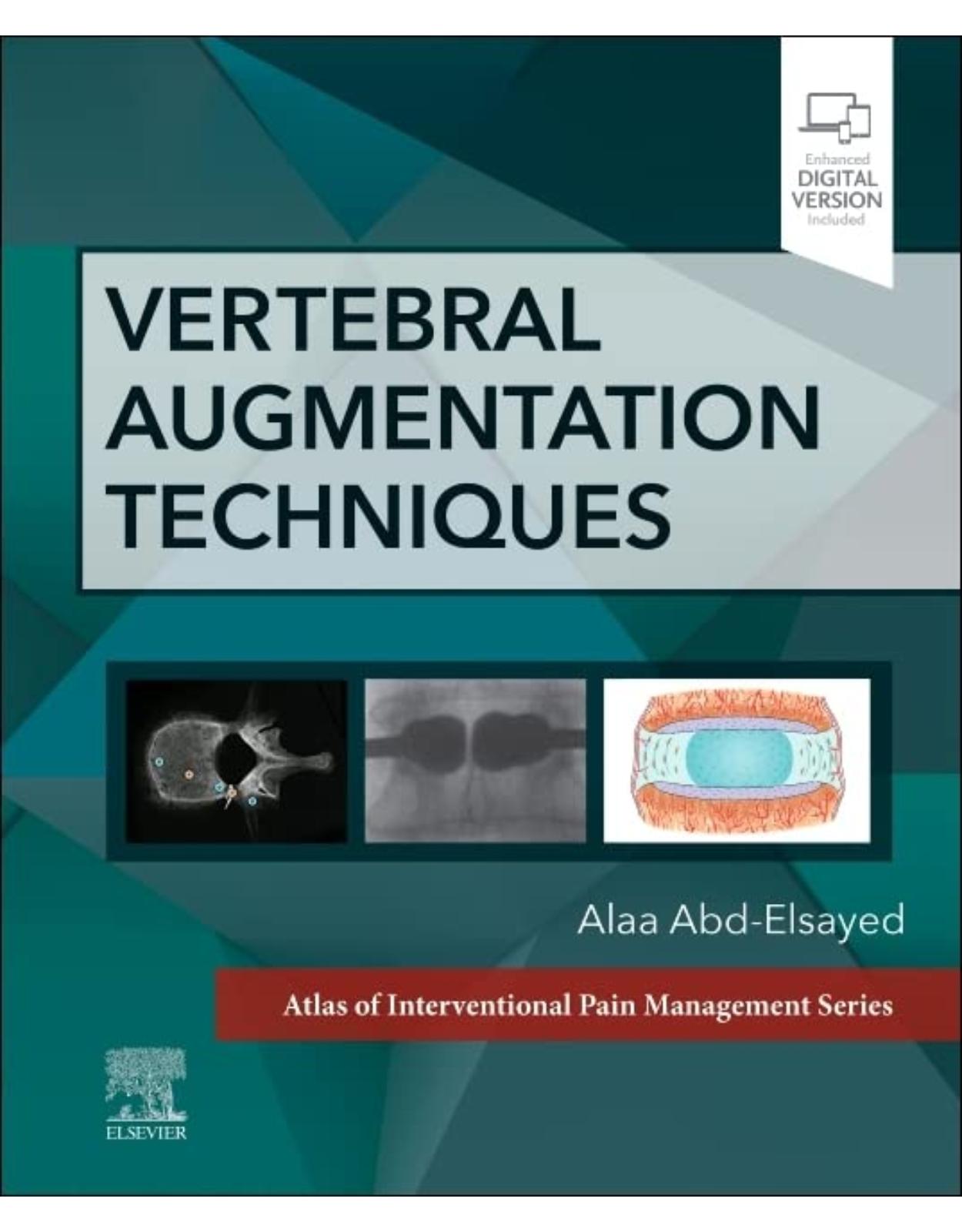
Clientii ebookshop.ro nu au adaugat inca opinii pentru acest produs. Fii primul care adauga o parere, folosind formularul de mai jos.